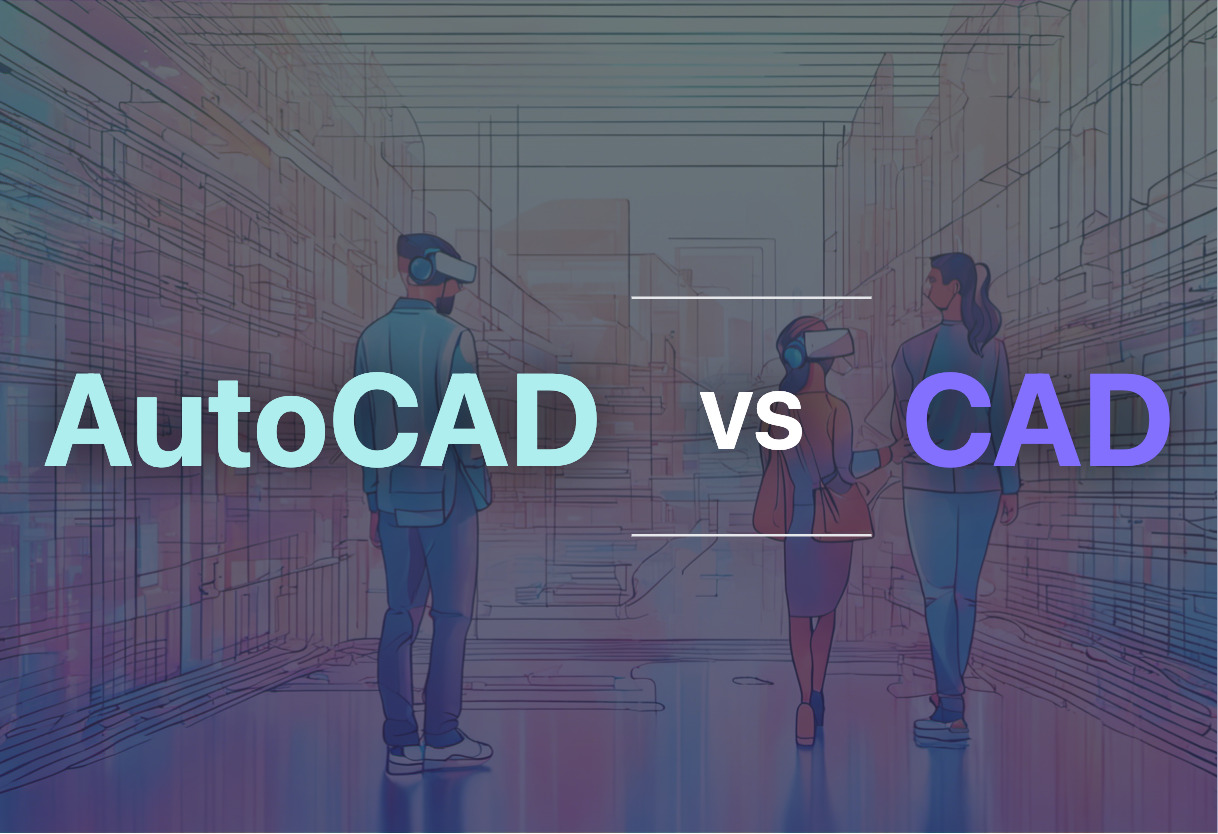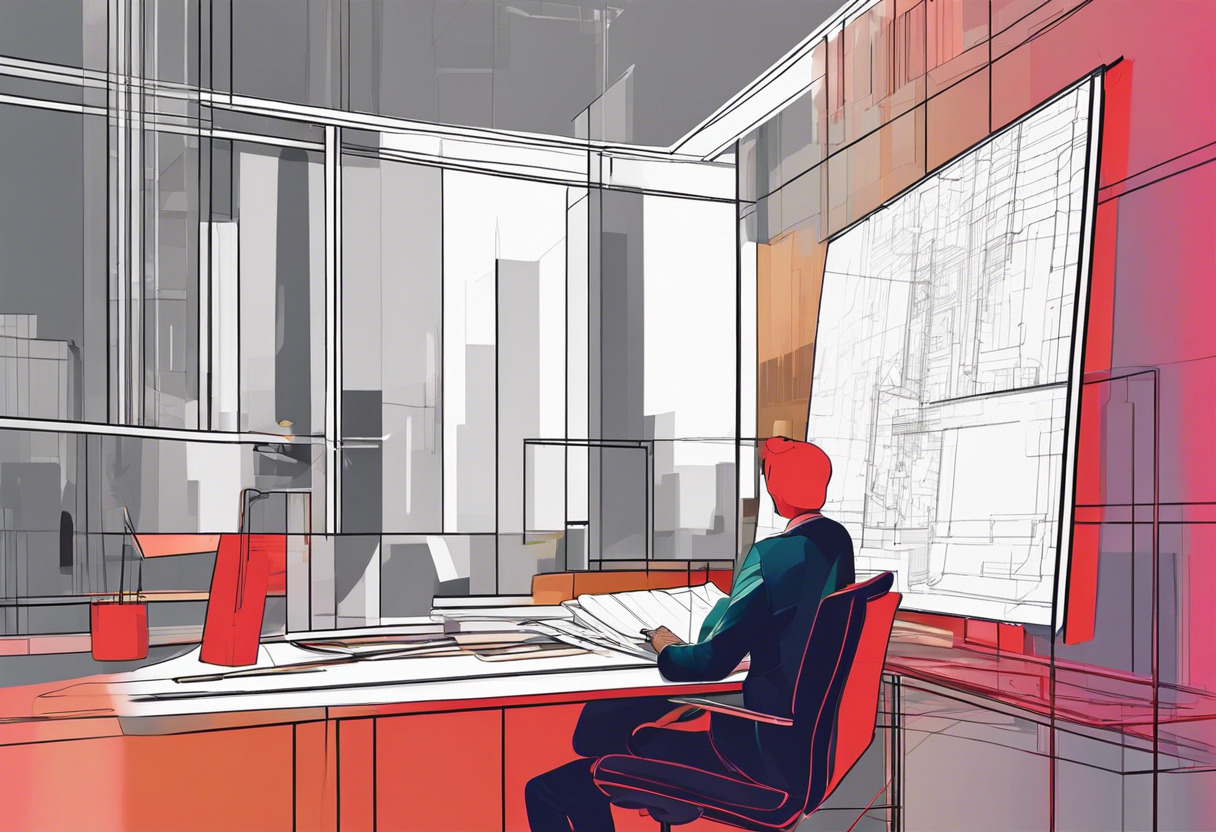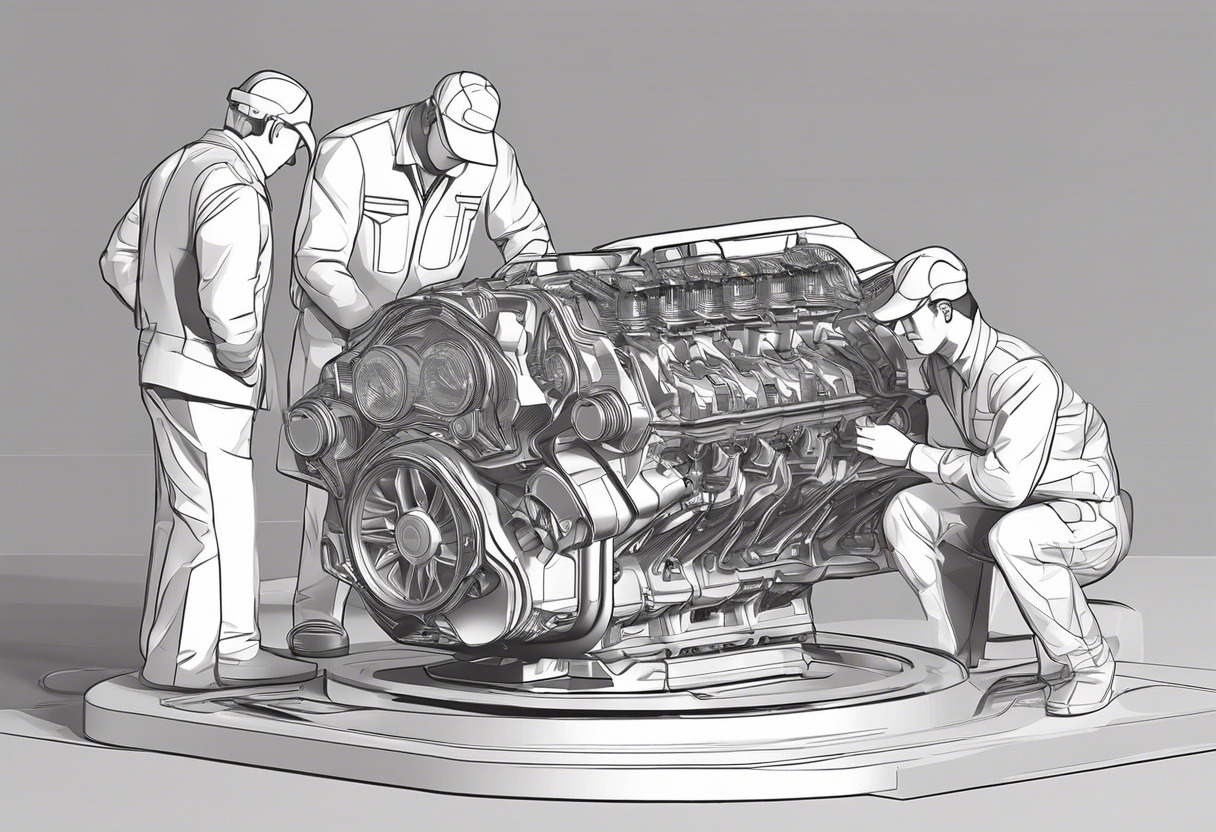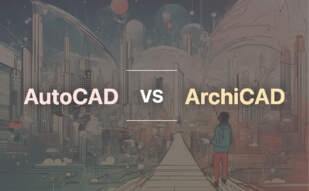Choose AutoCAD for its detailed analysis and simulation capabilities, extensive feature sets and industry-specific vertical products. It’s perfect for professionals requiring high precision and customization. Opt for CAD if you seek general 2D, 3D design creation across various fields, with an emphasis on automation, and industry evolution.

Key Differences Between AutoCAD and CAD
- Coding: AutoCAD supports APIs for customization, automation and extending features. CAD emphasizes simple concept drawings.
- Focus: AutoCAD specializes in architectural, engineering and construction industries. CAD is multi-faceted, used in various industries like automotive, aerospace and 3D modeling.
- Evolution: AutoCAD has evolved with 31 versions since 1982, adding commercial-specific vertical products. CAD has expanded from a drafting tool to include CAM for automated machining
- Usability: AutoCAD provides a comprehensive suite of tools for technical accuracy. CAD offers broad usability across professional fields for model creation.
| Comparison | AutoCAD | CAD |
|---|---|---|
| Initial Release | 1982 | Coined by Douglas T. Ross in 1959 |
| Significant Users | Architects, Project Managers, Animators, Engineers | Automotive, Aerospace Sectors |
| API Support | Yes | Varies with software |
| Product Development | 31 versions since 1982 | Evolved since 1959 with multiple version updates |
| Industry Applications | Aerospace, Aviation, Automotive, Fashion, Medical devices, and Oil and Gas | Automotive, Aerospace, Architecture, Fashion, Design, Manufacturing |
| File Format Support | Multiple, inclusive of those preferred by 3D printers | Reliant on specific software |
| Licensing Type | Subscription Pricing (Since 2016) | Reliant on Specific Software |
| Advanced Features | Drawing/Version History Feature | Reliant on Specific Software |
What Is AutoCAD and Who’s It For?
AutoCAD is a sophisticated software application developed by Autodesk for computer-aided design (CAD) and drafting. It’s a versatile tool capable of producing intricate 2D and 3D drawings, and aids in design conceptualization, rapid calculations, and simulations. It finds utility across myriad industries such as architecture, engineering, and animation and is perfect for professionals seeking an efficient tool for robust design and project management.
Since its launch in 1982, AutoCAD has rolled out 31 versions, evolving with the addition of unique, customizable features via Application Programming Interfaces (APIs). It extends its capabilities to vertical products like AutoCAD Architecture, AutoCAD Electrical, and AutoCAD Civil 3D.

Pros of AutoCAD
- Versatile functions for a wide array of industries
- Customizable via APIs
- Offers drawing/version history feature
- Supports a broad range of file formats
Cons of AutoCAD
- May have a steep learning curve for beginners
- Subscription pricing since August 2016
What Is CAD and Who’s It For?
CAD, or Computer-Aided Design, is broad-spectrum software for creating 2D and 3D designs. Initially introduced in 1959 by Douglas T. Ross, CAD found enhancements in the 1960s and 70s, primarily gaining traction in the automotive and aerospace sectors. CAD is designed for professionals involved with design, graphics, manufacturing, and planning projects utilizing digital visualization.
CAD’s potential increased with the advent of affordable desktop computers in 1981. Having capability for 3D modeling since 1985, it continues to integrate advancements and remains backward compatible. CAD is usable for a range of professionals, including architects, designers, illustrators, drafters, and engineers.

Pros of CAD
- Wide-ranging usage across multiple sectors
- Enables 2D and 3D modeling
- Continually updated with industry advancements
- Benefits include streamlined workflow and increased productivity
Cons of CAD
- May appear complex for novices
- Requires powerful hardware for optimal performance
AutoCAD or CAD: What’s Your Pick?
After getting under the hood of AutoCAD and CAD, let’s dive into which technology would serve you best.
Architects and Project Managers
AutoCAD is your go-to choice with its advanced 3D modeling capabilities and the industry-specific vertical products. Whether you’re designing a skyscraper or a neighbourhood complex, AutoCAD provides the necessary precision with its drawing/version history feature.

Automotive and Aerospace Industry Professionals
CAD rules this roost with its time-tested efficiency in these sectors. If you value backward compatibility and need continuous industry updates, CAD is the one for you.

Game Designers and Animators
AutoCAD’s foray into entertainment, coupled with its seamless integration with software like 3D Max, gives it an edge for those looking to bring virtual spaces to life.

Manufacturers
CAD/CAM effciently streamlines your manufacturing process by providing predefined toolpaths and is rooted in CAD’s legacy.

Pitch your tent with AutoCAD for deep-rooted tech versatility, wide industry application, and advanced 3D modeling. Opt for CAD for unparalleled industry-specific utility and continuous industry updates. Made your choice?
Logan Bellbrook
Content writer @ Aircada with a knack for nature & AR/VR/XR. Blogging the intersection of tech & terrain.





